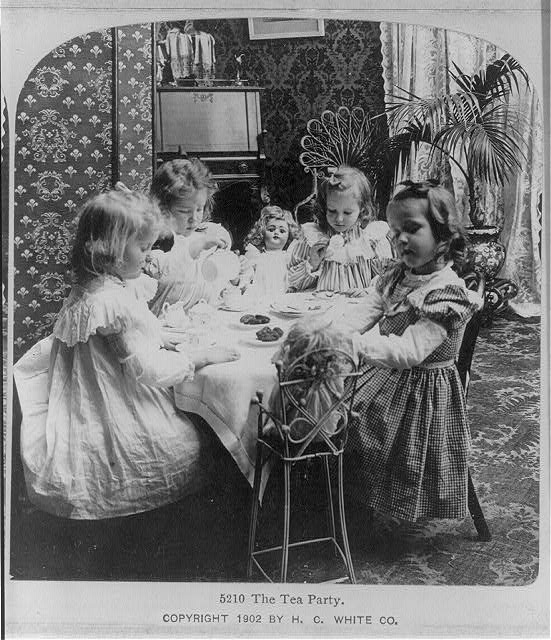Dolls have been a treasured toy for children throughout history and across cultures. Their construction mirrors society’s views of different types of people as well as popular ideals of beauty. Children use doll play to practice the values that they have observed and express their own fears, wishes, and prejudices. In the post-civil war United States, societal views of race, beauty, and gender were all shifting rapidly. These views were presented to children through the booming doll industry, and the children expressed their interpretations through doll play. My research mainly centers around three questions: How were children’s experiences and ideas about the world expressed through doll play? How did the black dolls marketed to black children differ from those marketed to the general public? How were beauty standards and stereotypes expressed through the construction of dolls? I conducted research by searching through African American newspapers and magazines for doll advertisements. I compared those dolls with the doll sections of major toy company catalogs. I also used historical studies on play and racial preference, which contained both scientific evidence and firsthand accounts. Through my research, I hope to gain a better understanding of the way that toys contribute to views on race and beauty.
